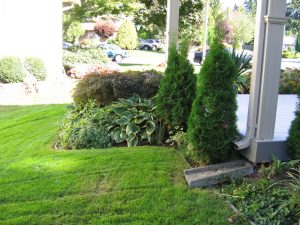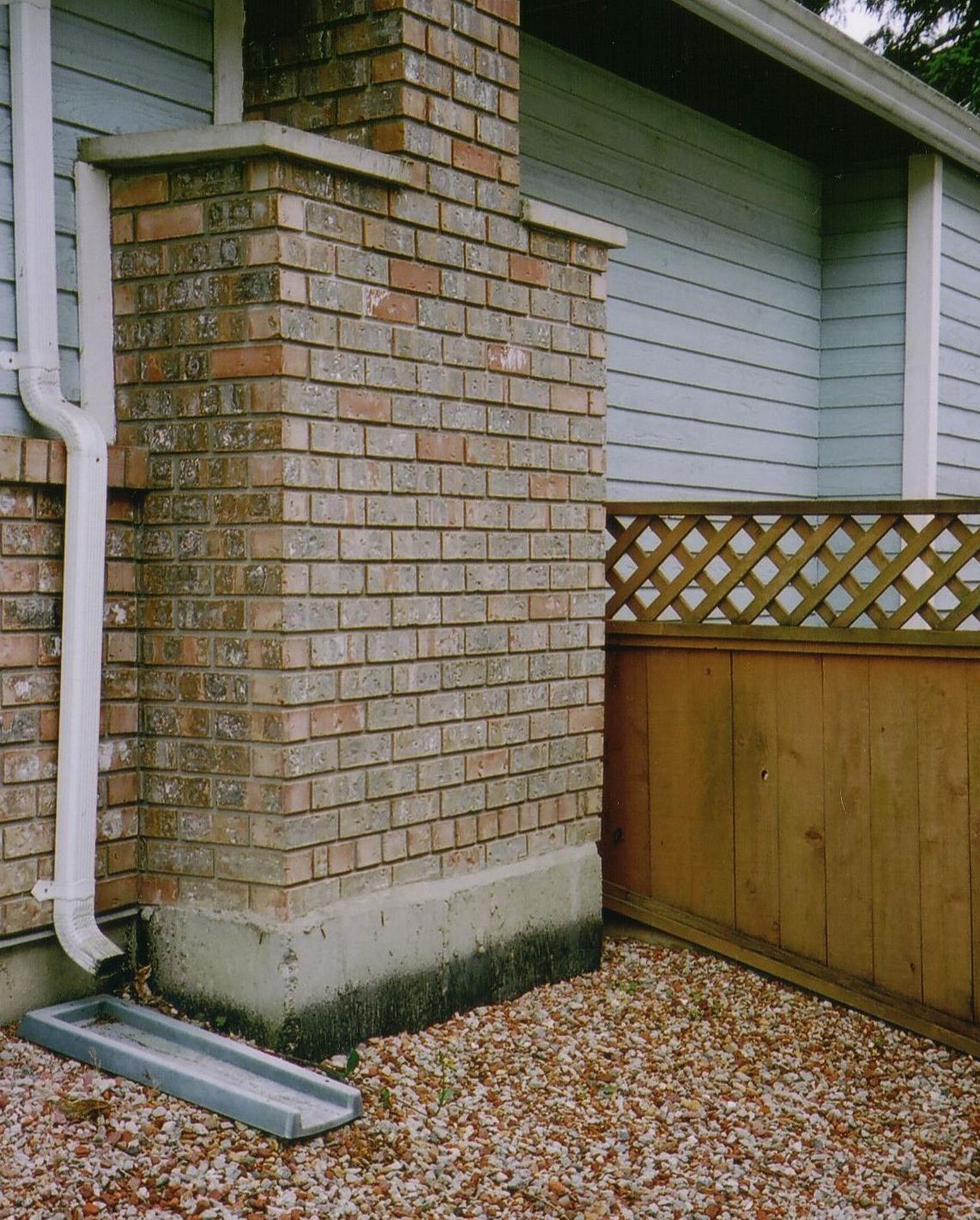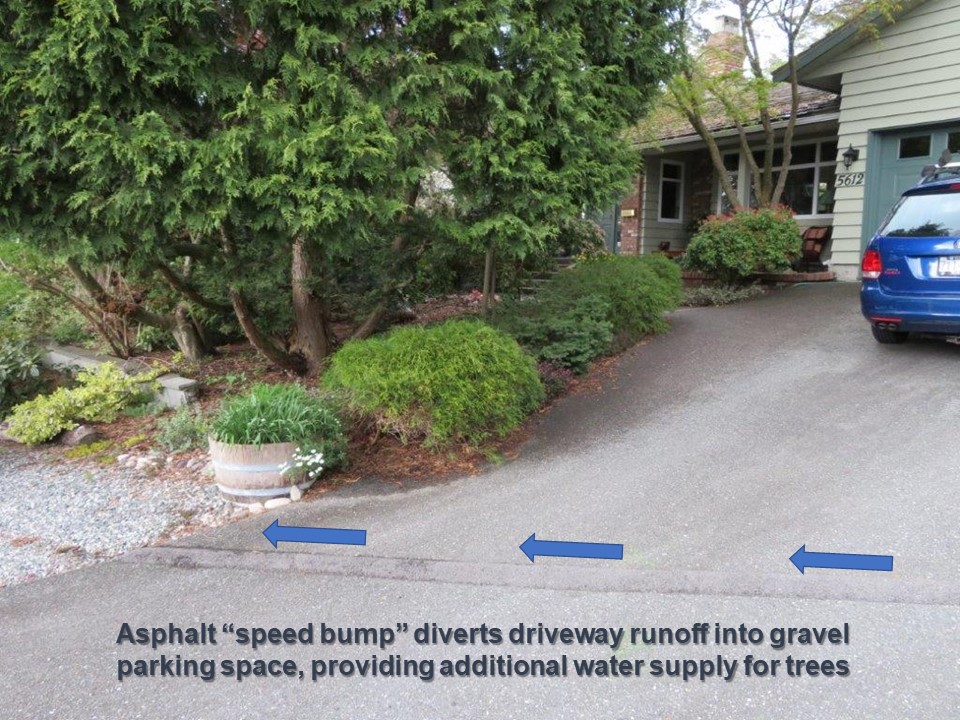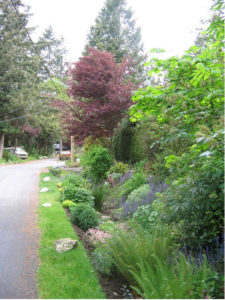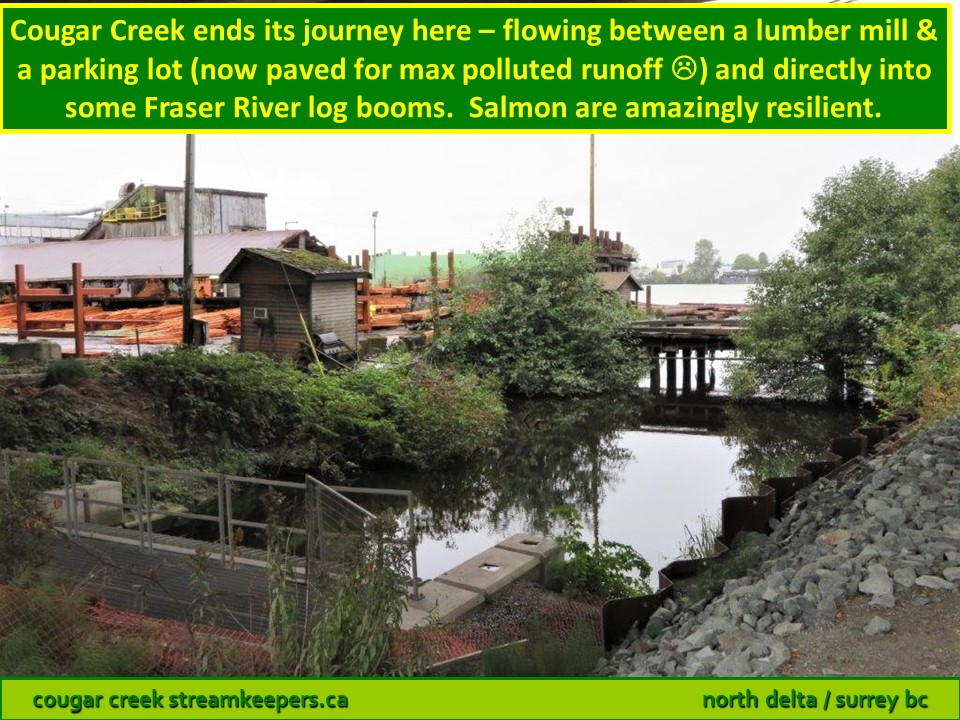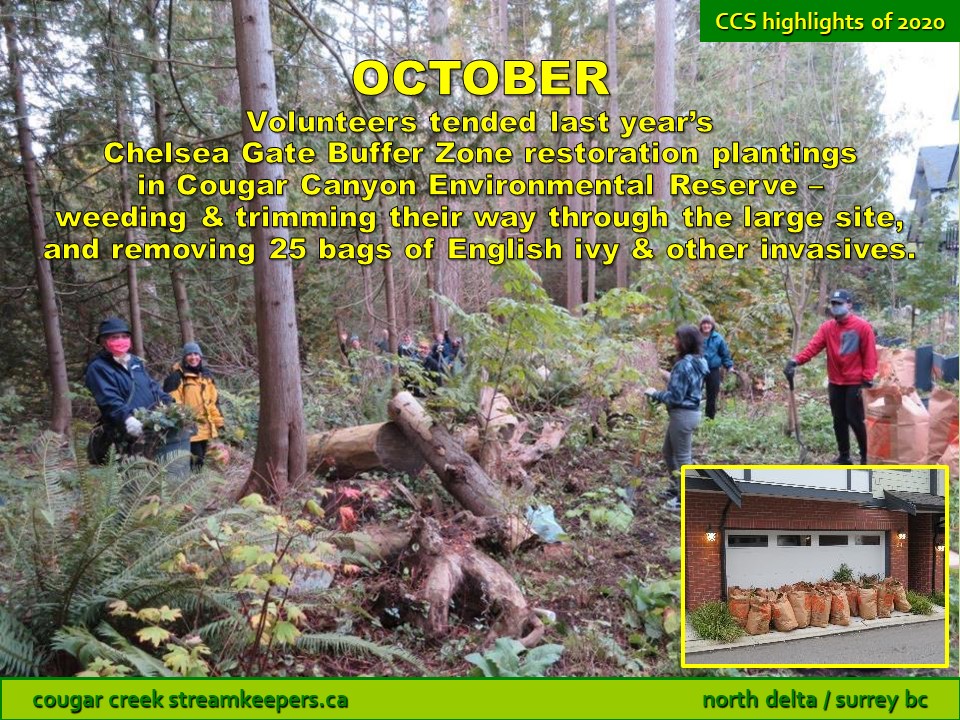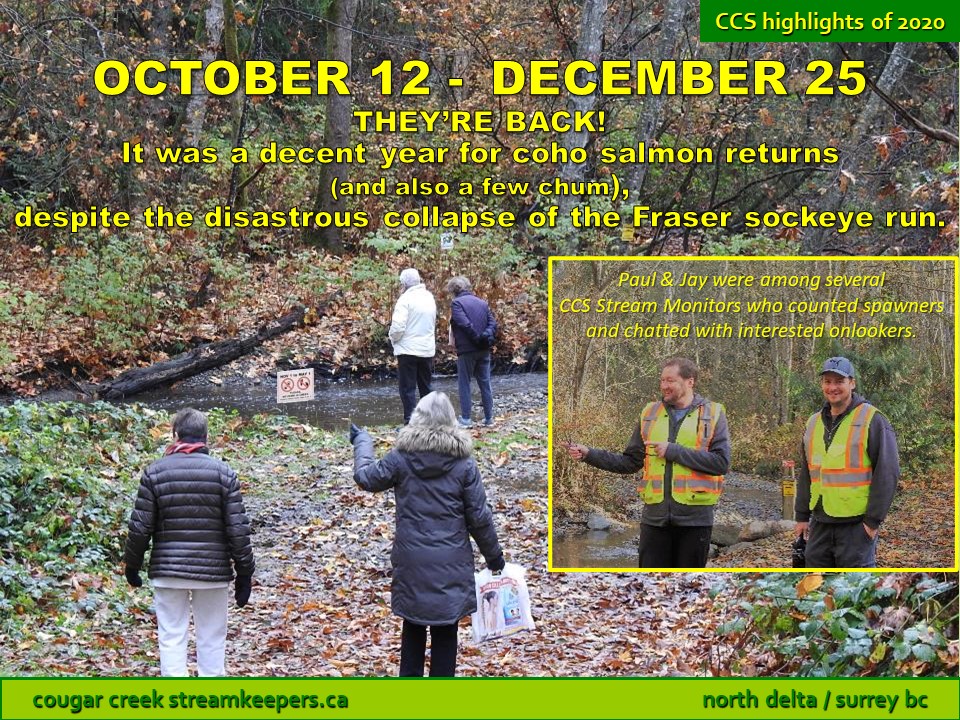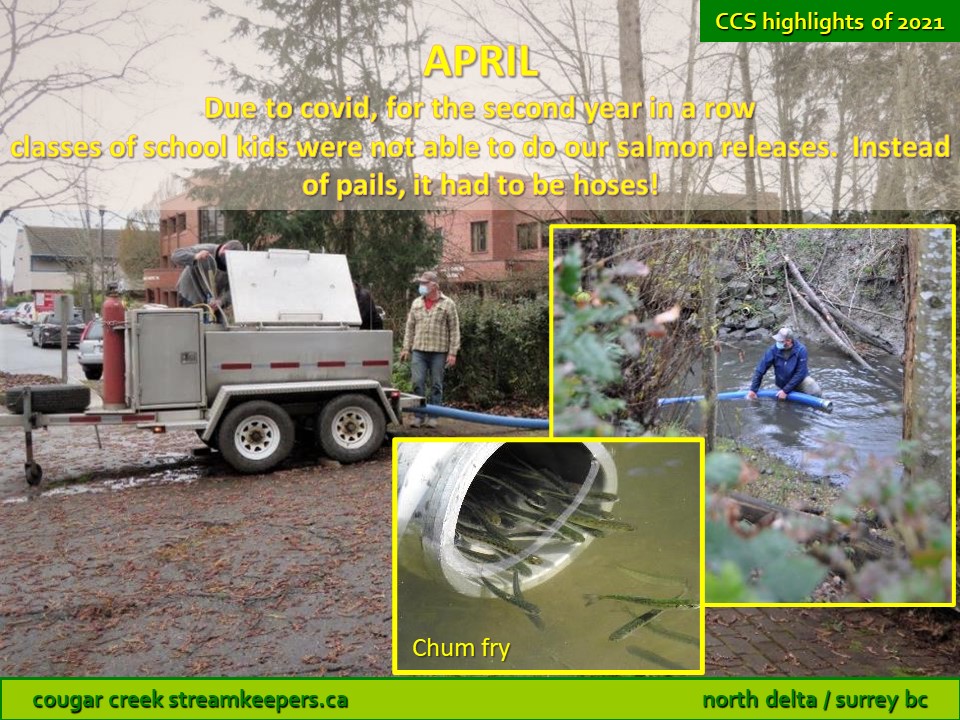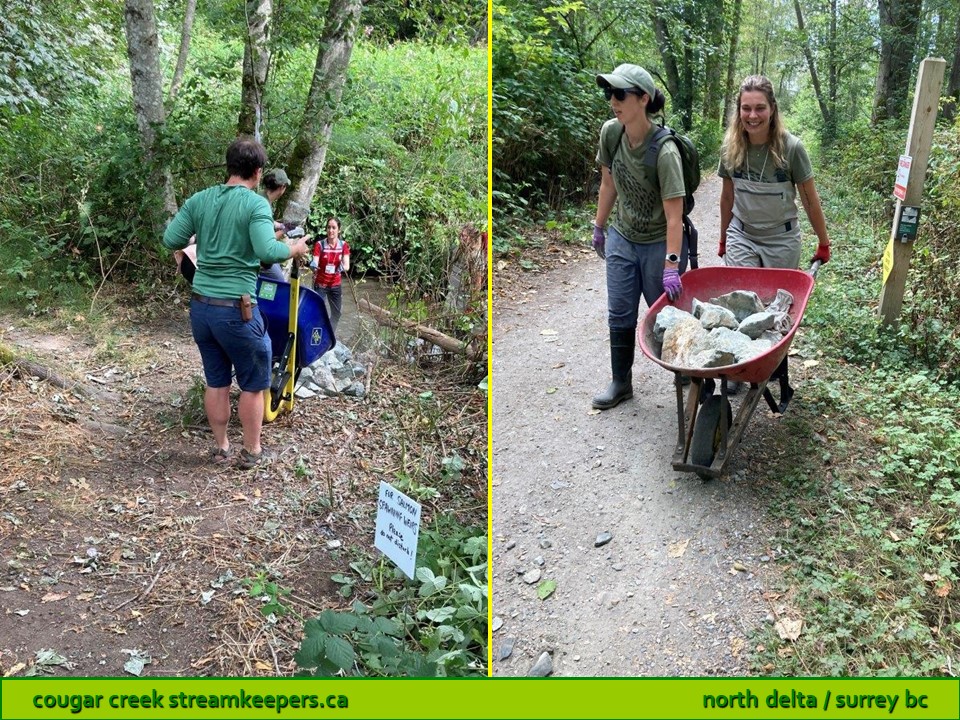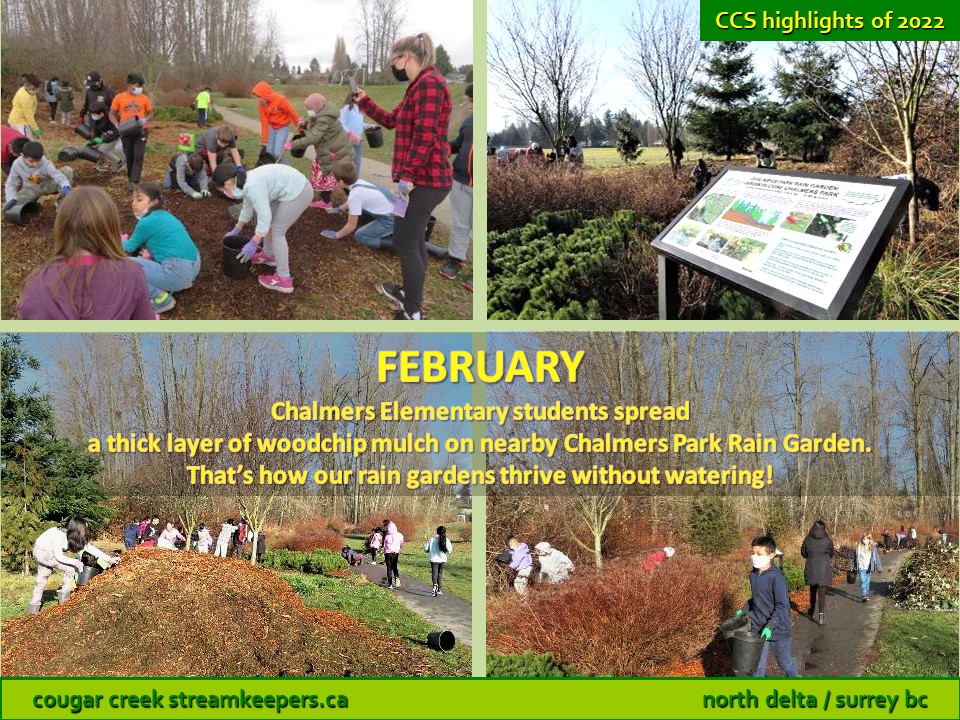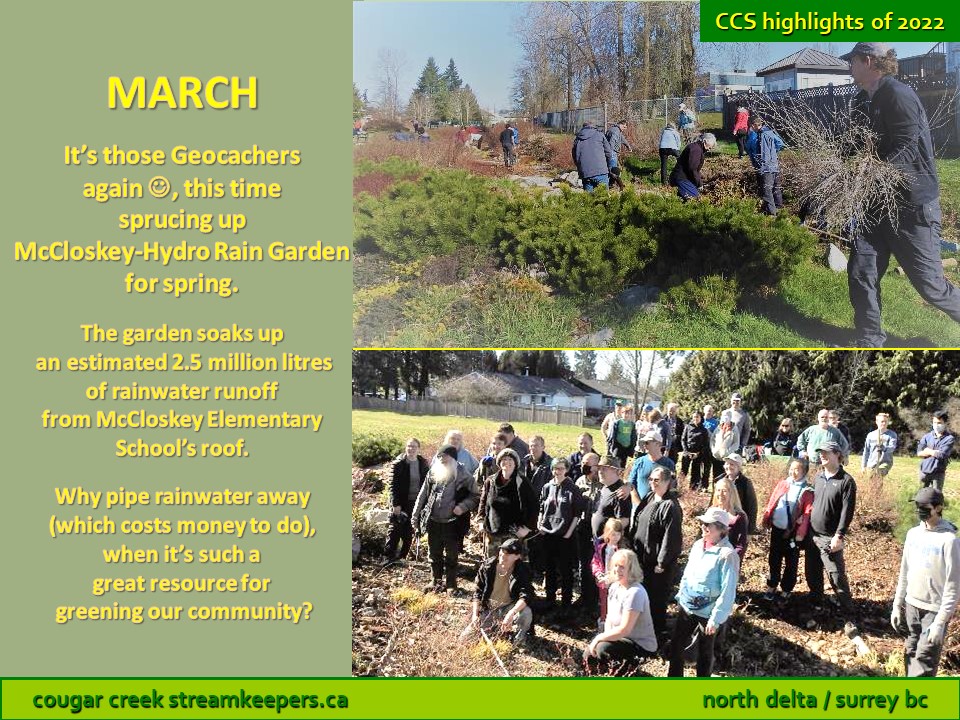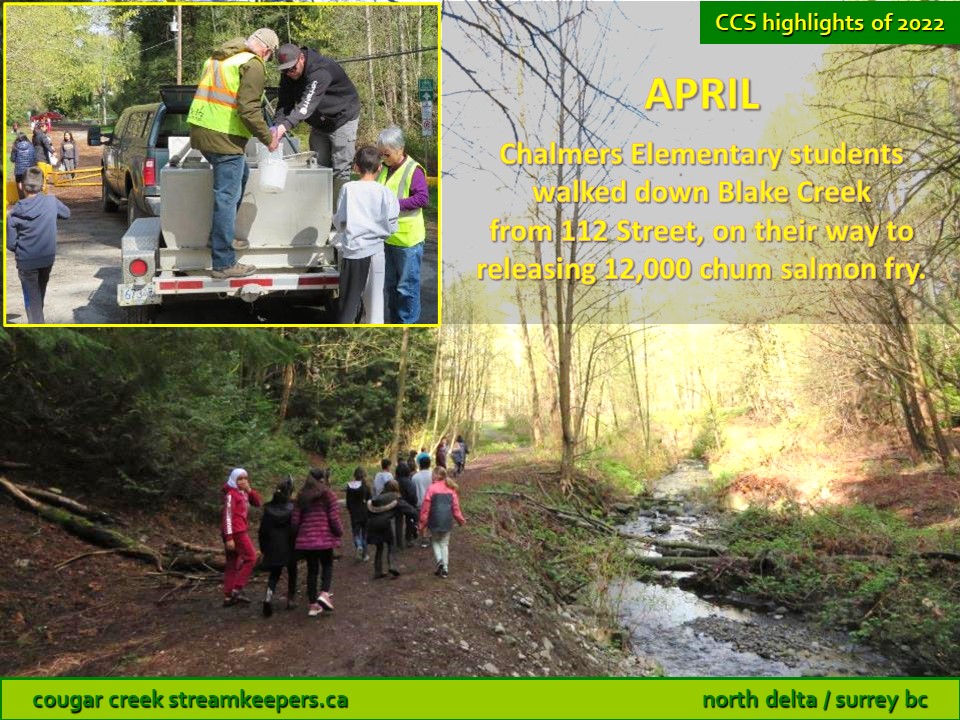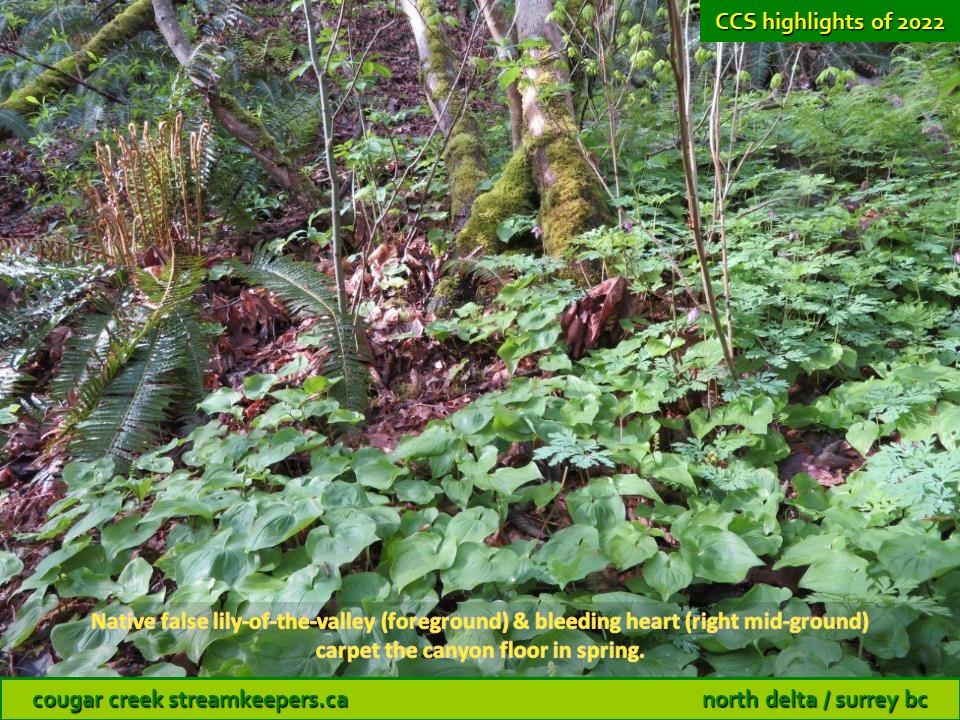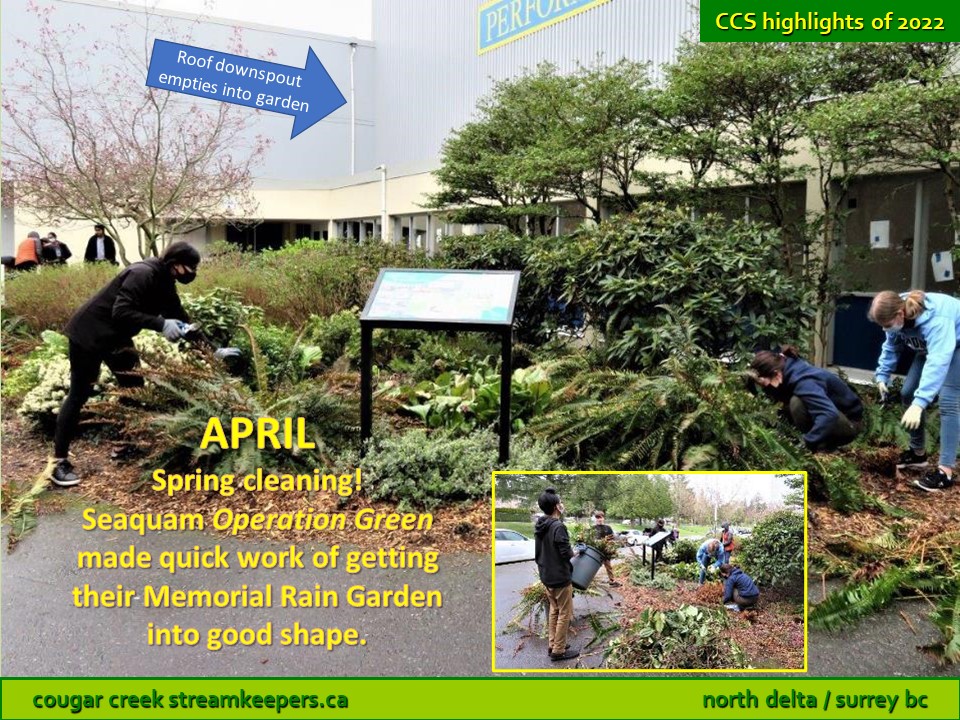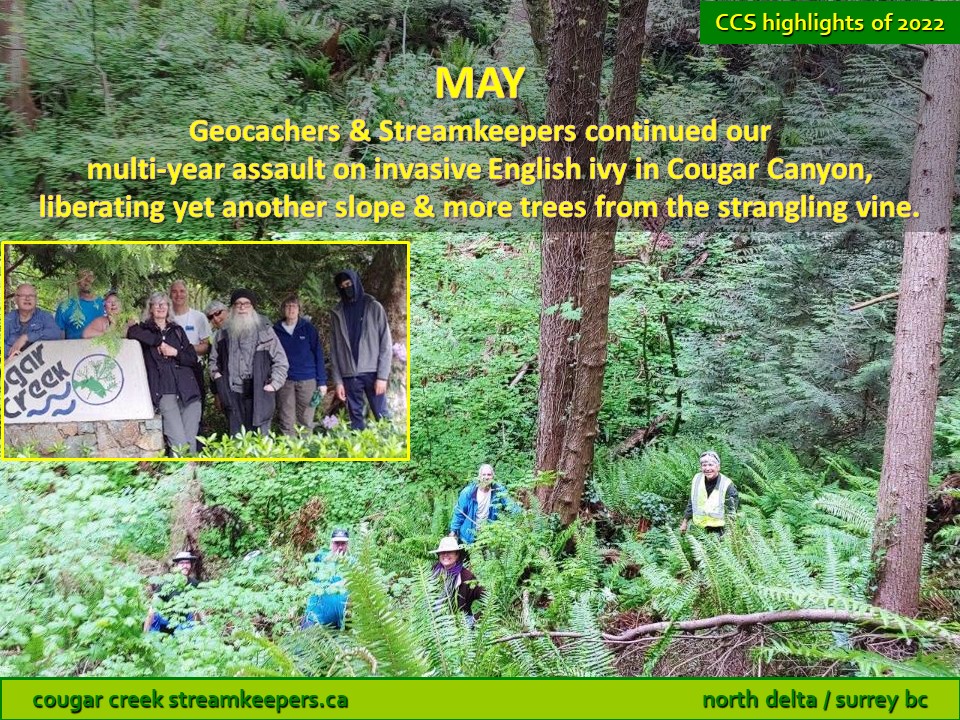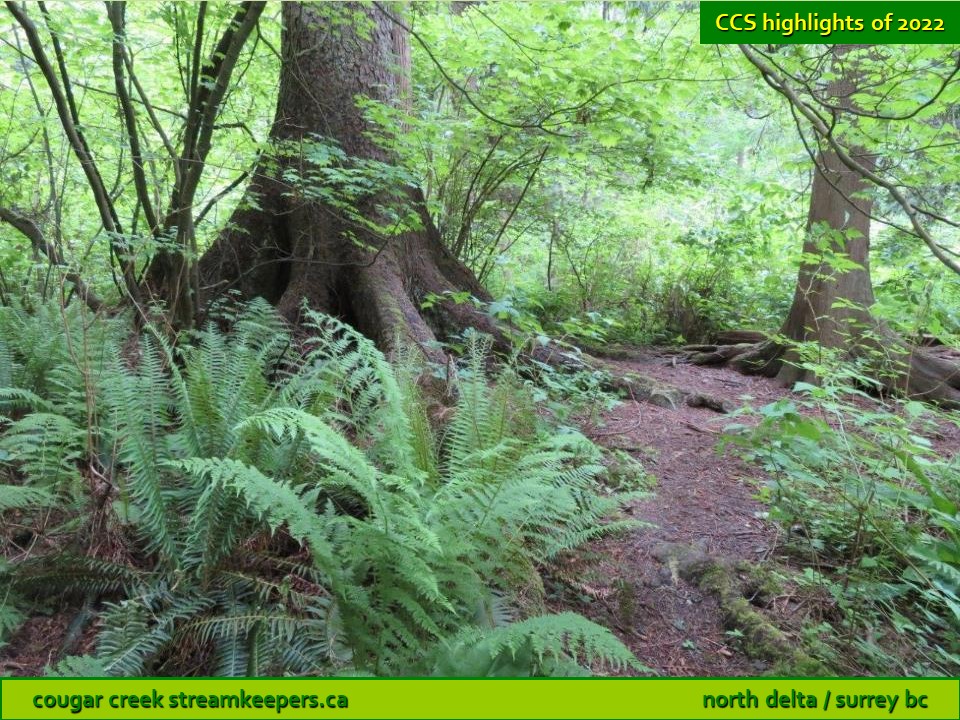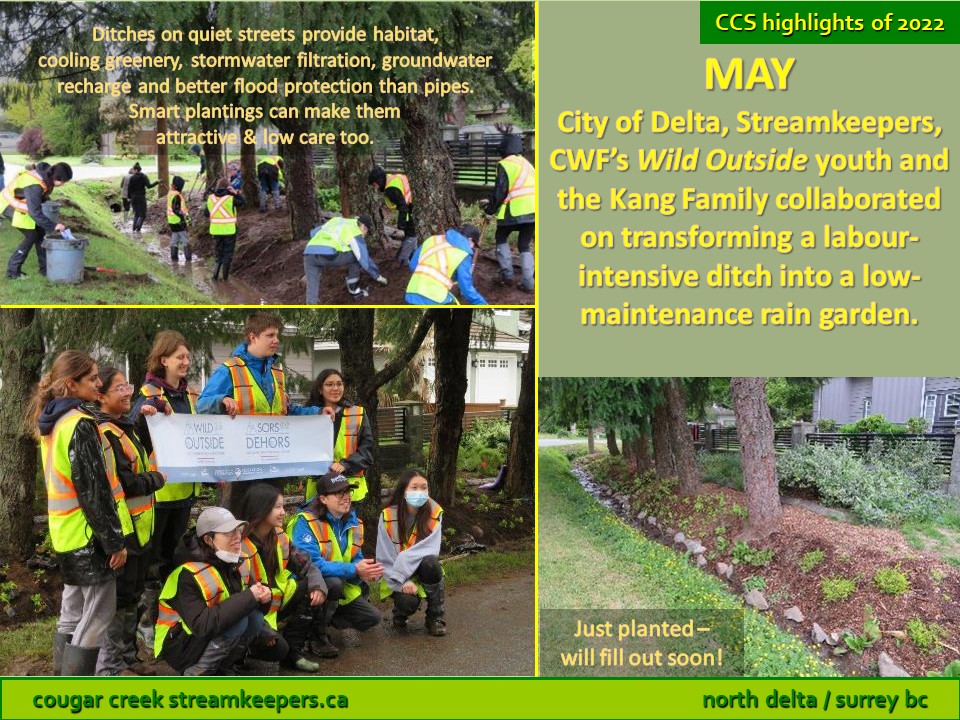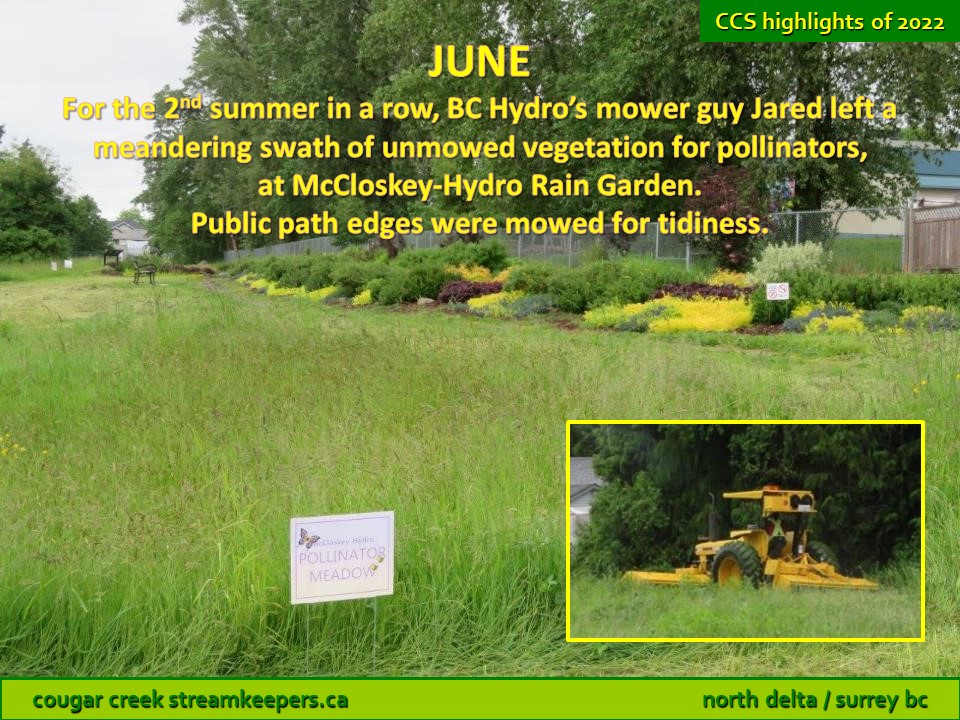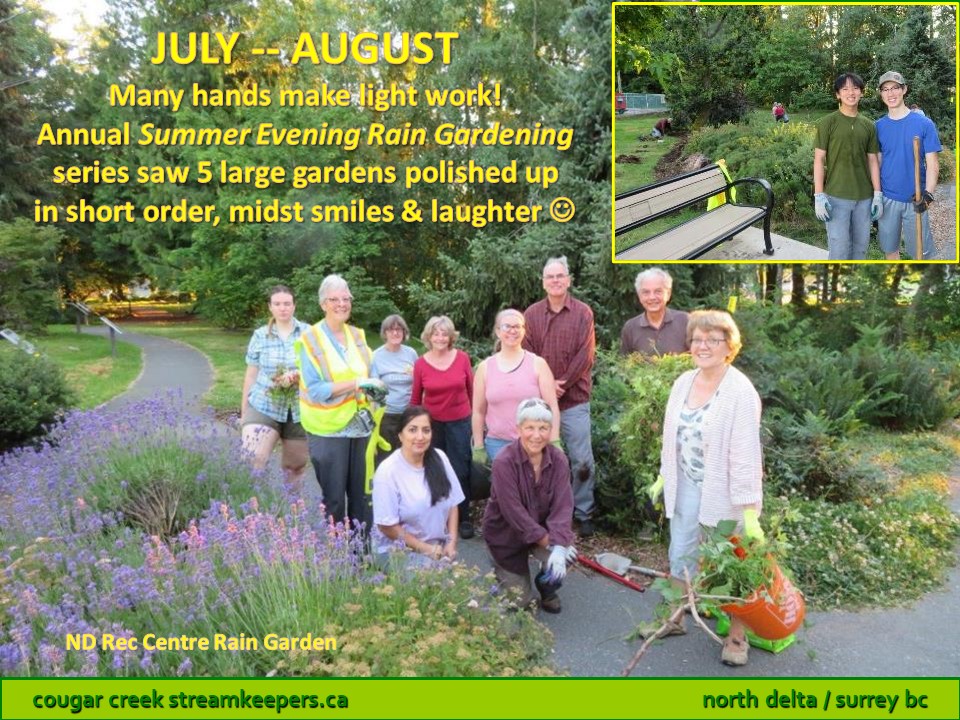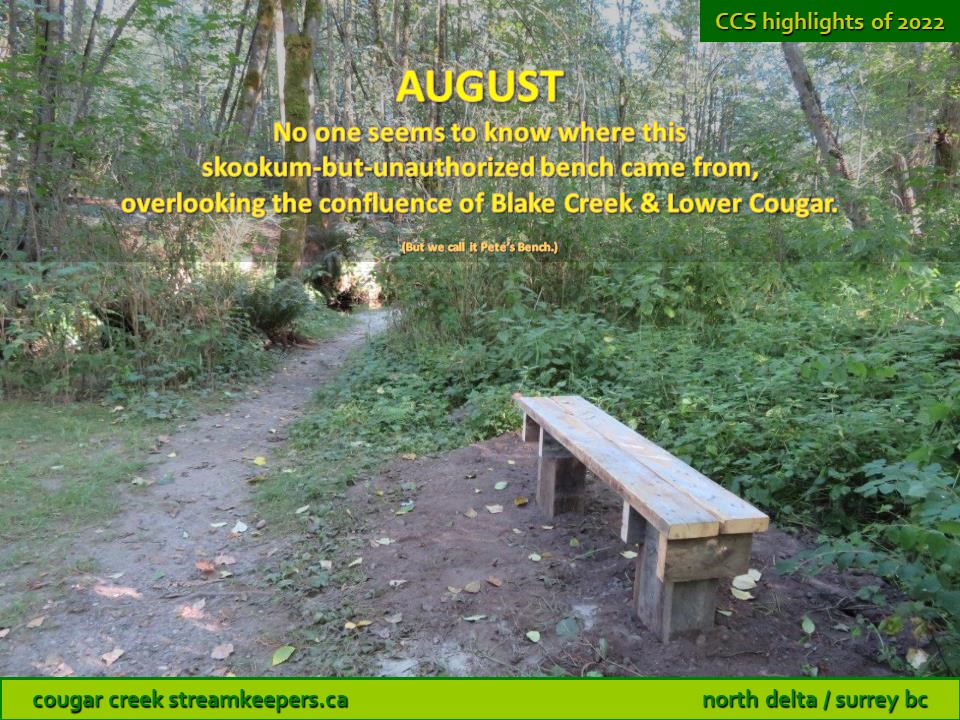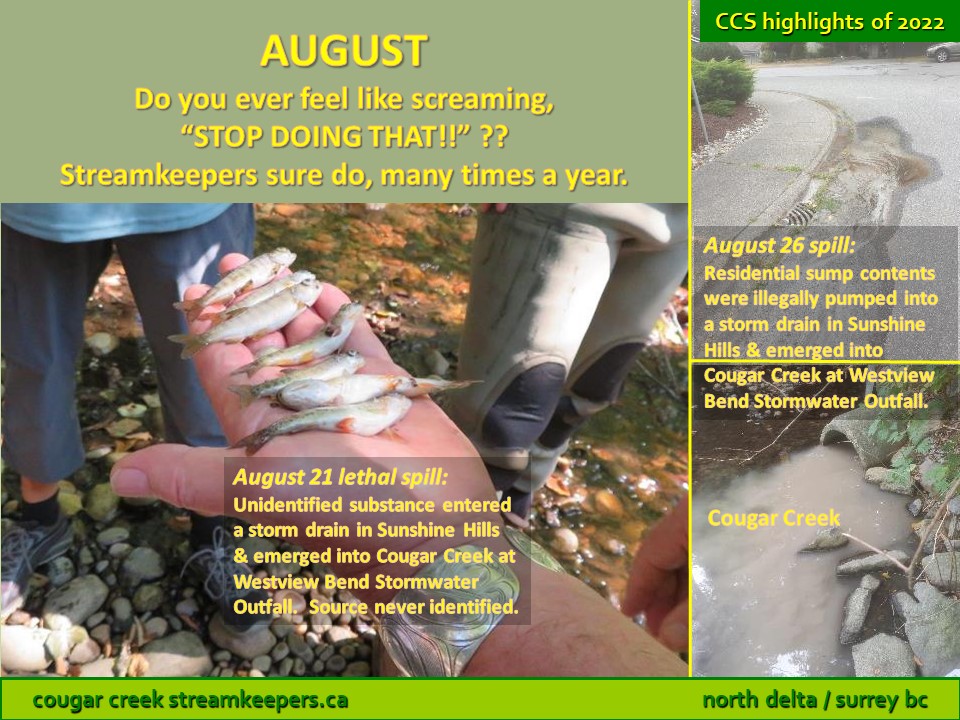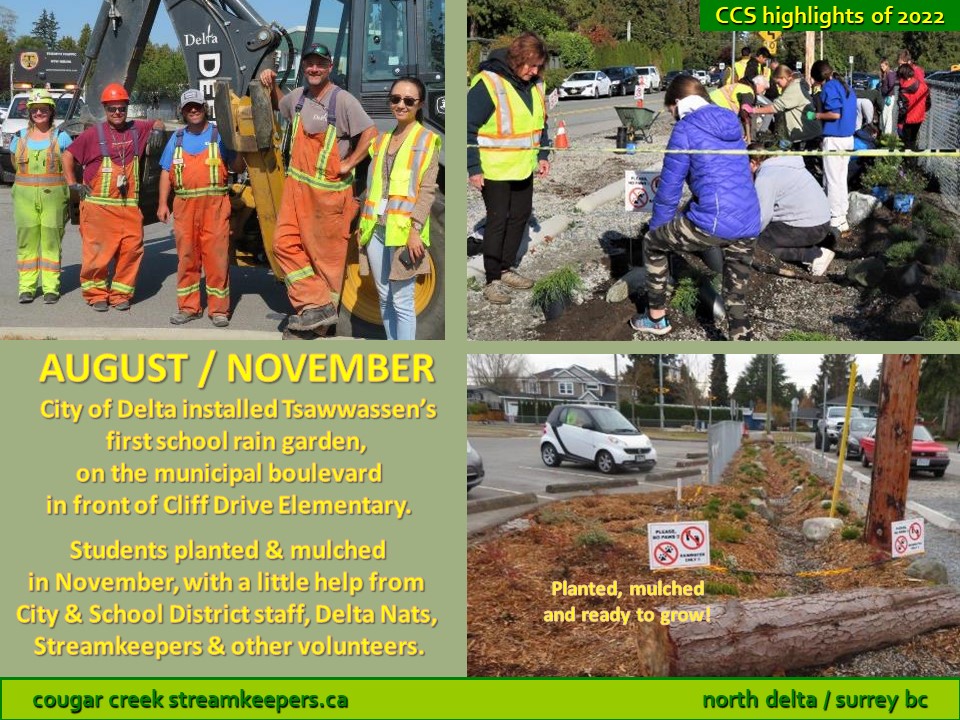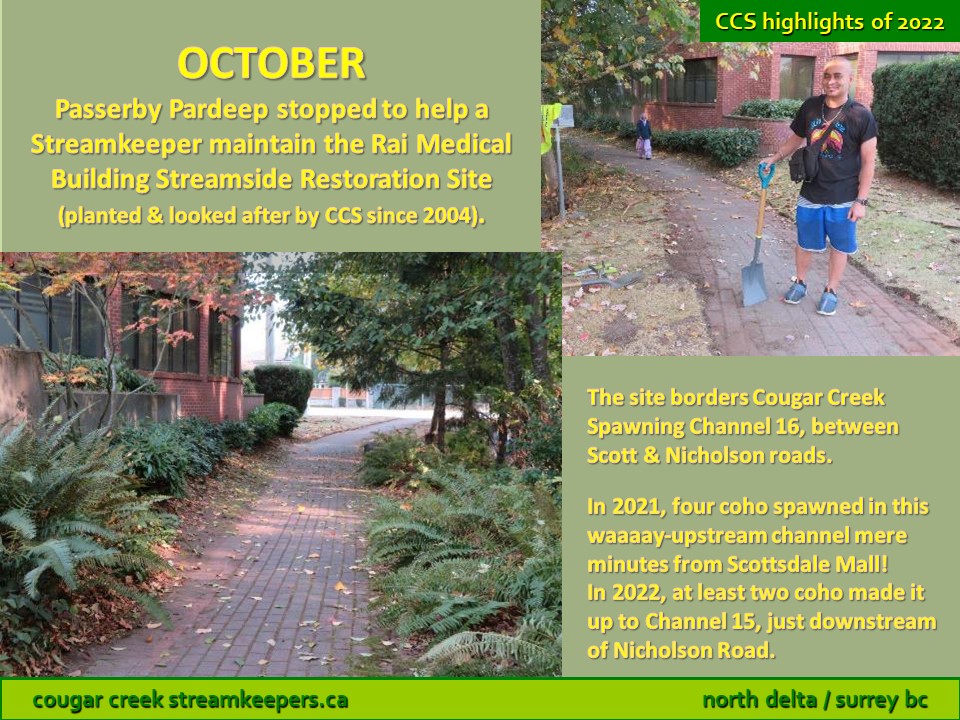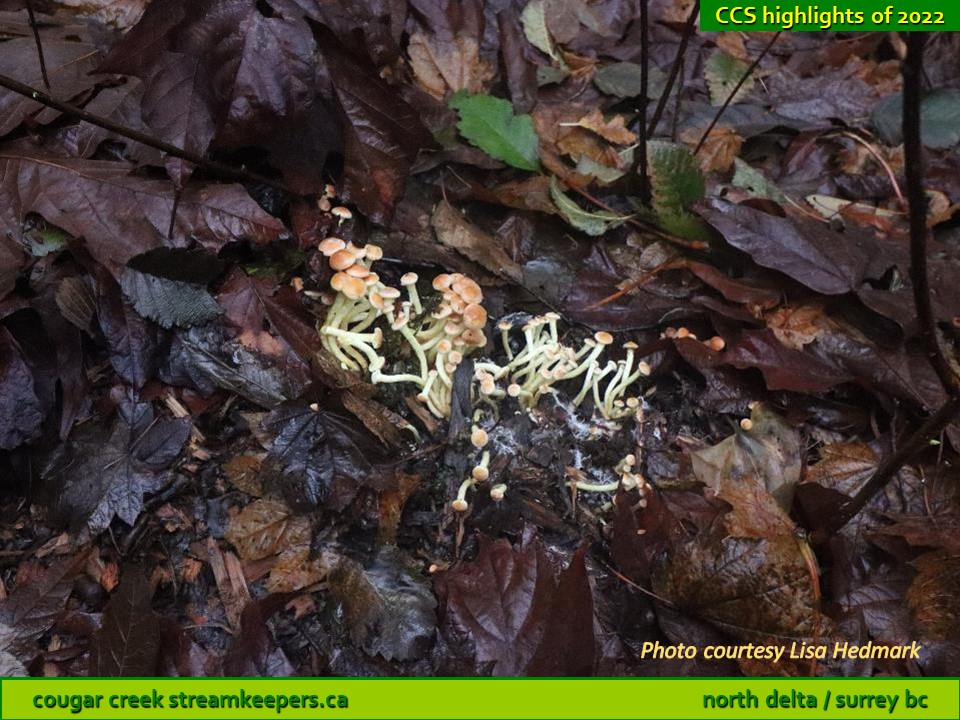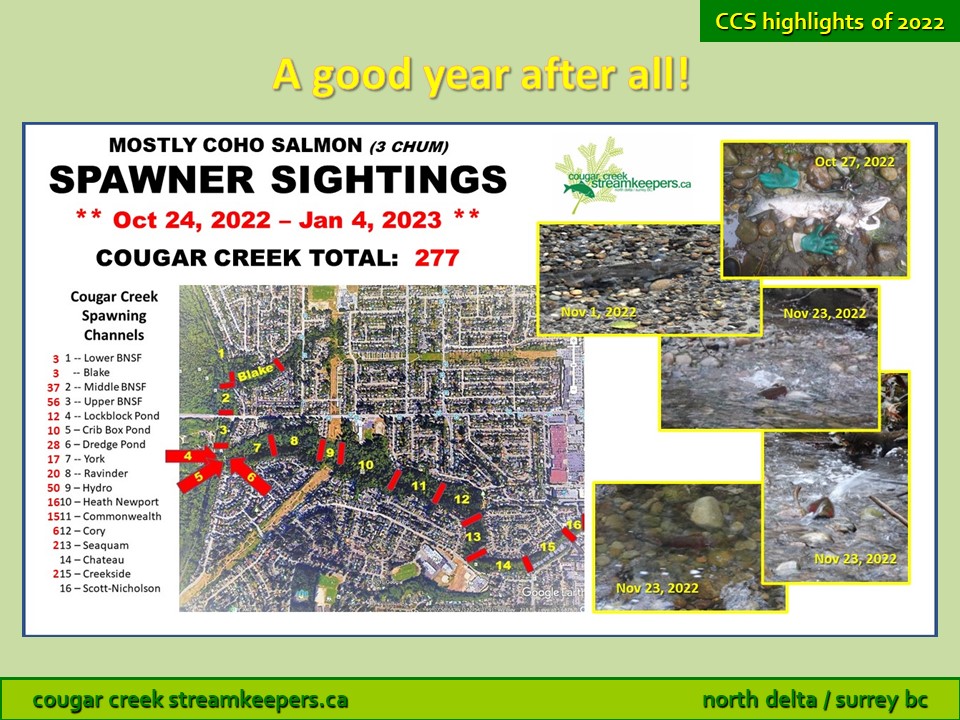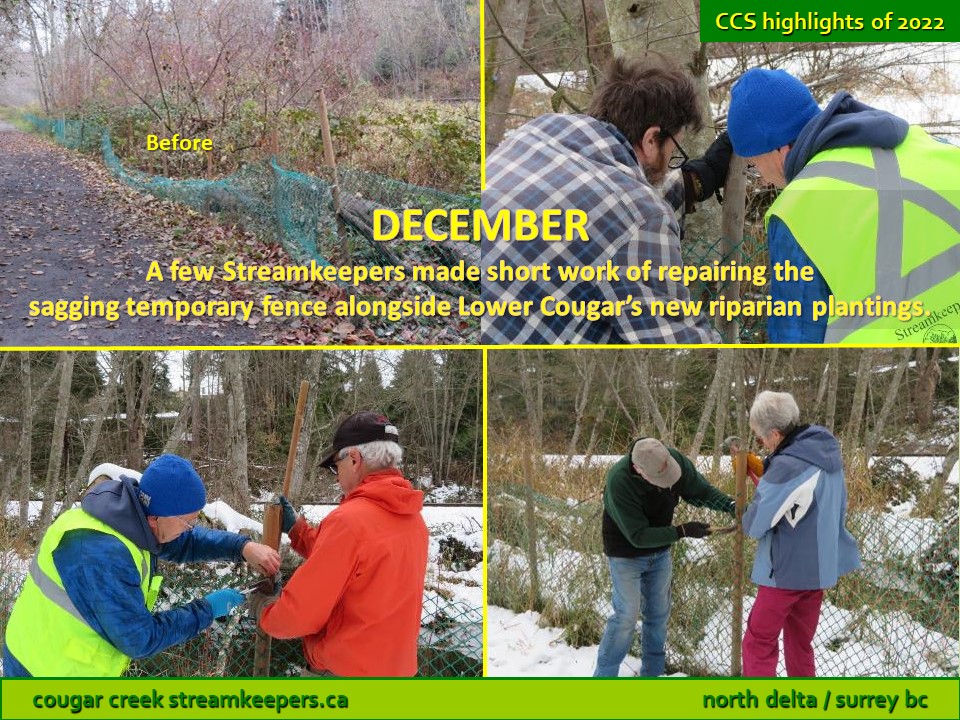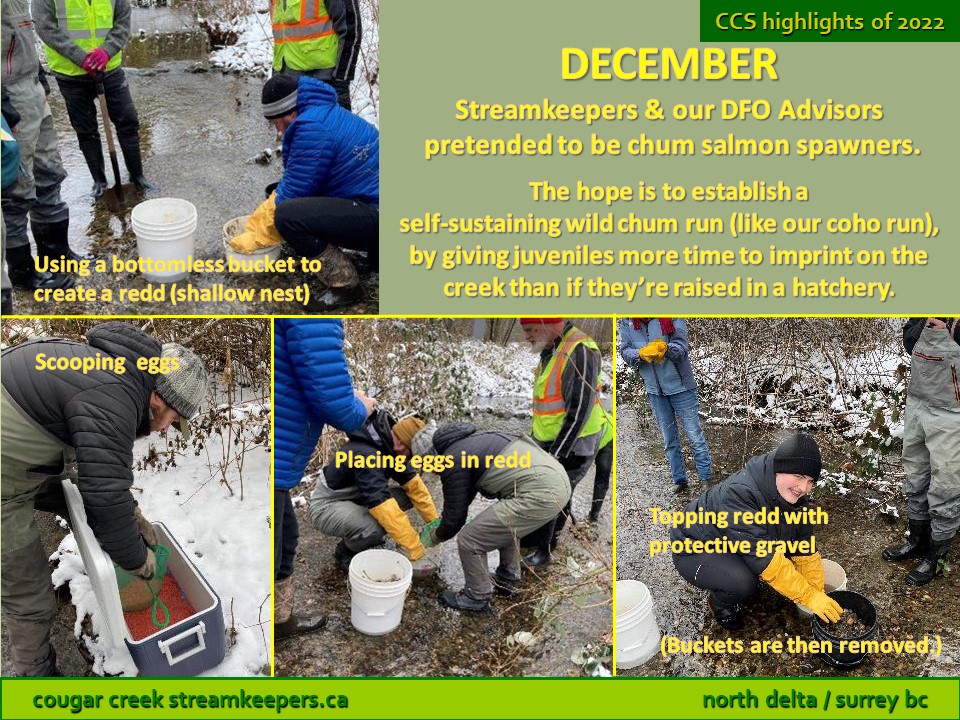Interested in creating your own rain garden? Contact us for free advice on techniques and plants to suit everyone from purple thumbs to master gardeners.
Rain gardens are a simple and effective tool that homeowners, businesses, schools and religious institutions can use to reduce the volume and improve the quality of stormwater runoff from their own properties.
Rain gardens are also economical, compared with installing ever-larger culverts (pipes) to handle our increasingly extreme rainfall and snowmelt events.
There are many styles of rain garden:
Downspout rain gardens are among the simplest to install, with or without a barrel for rainwater storage. Just be sure that any roof water not absorbed by your downspout rain garden has somewhere safe to flow to – not the neighbour’s basement (or your own)!
Here are some easy downspout rain gardens:
Driveway rain gardens (within or alongside your driveway) are usually best created when you’re having the driveway repaved, and can slope it gently toward level or sunken vegetation, or other porous surface.
Ditch or boulevard rain gardens are a delight, like miniature creeks — but be sure to contact your municipal engineering department before you begin. Then cancel your gym membership and jogging for a couple of months while you install the garden!
Here’s a handy checklist of things to think about when creating a rain garden, followed by a description of common problems that may arise.
If your garden will be small and simple – perhaps just a sunken area receiving roof water from a single roof downspout — then only a few of the items on the checklist may be relevant to your situation.
But if your project is large or complex, it will have a greater chance of being successful in every way if you consider all 15 items on the checklist.
Don’t hesitate to contact us if you’d like some advice.
Resources
For more information about creating and maintaining rain gardens, see
- Delta Rain Gardens Program Maintenance Manual
- Rain Garden Handbook for Western Washington
- Seattle Public Utilities RainWise Program
- 12,000 Rain Gardens
- Utilizing rainwater & gravity : a guide to rain gardens


